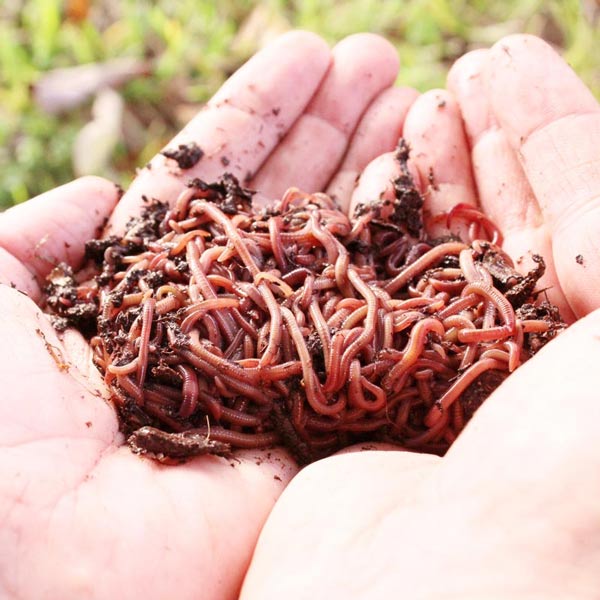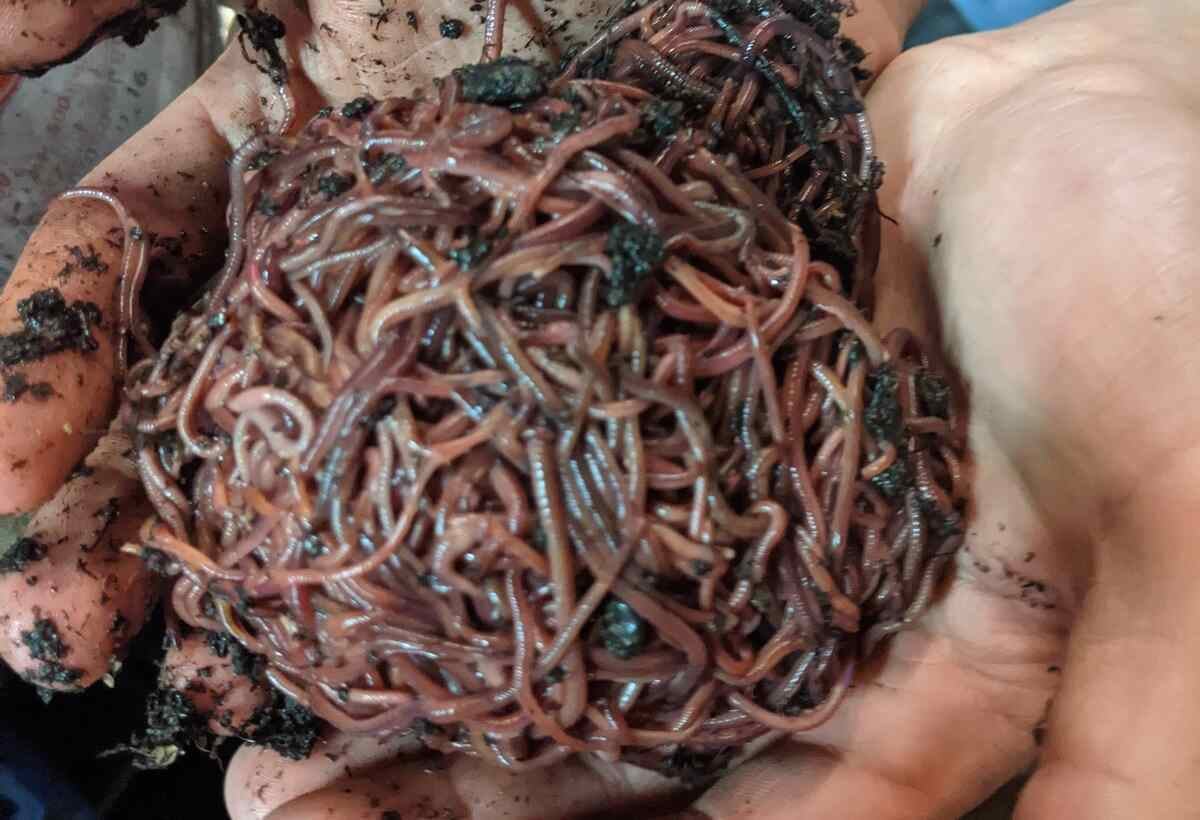Top red worms: A beginner’s guide
Wiki Article
Change Your Garden With Red Wigglers: Idea
By developing a basic worm bin and understanding the nutritional requirements of these amazing creatures, garden enthusiasts can considerably boost soil high quality and plant health. The procedure of converting natural waste right into rich, abundant spreadings is both straightforward and gratifying.
Advantages of Red Wigglers
Red wigglers, scientifically recognized as Eisenia fetida, are commonly hailed as nature's composting champs. These remarkable worms serve several essential advantages that can considerably improve garden health and performance.
An additional noteworthy advantage of red wigglers is their capacity to lower waste. By composting organic materials that would or else contribute to landfill waste, they play a vital role in sustainable gardening practices. Lastly, incorporating these worms into your gardening routine can lead to raised yields, healthier plants, and a more vibrant garden environment, making them invaluable allies for gardeners looking for to improve their ecological impact.
Establishing Up a Worm Bin
Creating a worm bin is a necessary action for anyone wanting to harness the benefits of red wigglers in their horticulture initiatives. A suitable worm container can be made from different products, consisting of plastic containers, wooden crates, or commercially available worm bins. The very first factor to consider is size; a container that is at least 2 feet broad, 3 feet long, and 1 foot deep is usually ideal for a little to medium variety of worms.Following, make sure proper water drainage and ventilation. Drill holes in the bottom for excess moisture to leave and in the sides for air movement. It is essential to develop a bed linen layer, making use of products such as shredded paper, cardboard, or coconut coir to supply a comfy setting for the worms. The bed linen should be damp however not soaked, appearing like a moist sponge.
Area the container in an area that keeps a consistent temperature, preferably between 55 ° F and 77 ° F. Avoid direct sunshine or extreme chilly, as these conditions can hurt the worms. As soon as the bin is established, allow the bed linen to opt for a couple of days prior to introducing the red wigglers, guaranteeing they have a flourishing atmosphere in which to thrive.
Feeding Your Red Wigglers
As soon as the worm bin is established and the red wigglers are introduced, appropriate feeding comes to be crucial to preserving a healthy and balanced worm populace. Red wigglers grow on a varied diet regimen, mostly being composed of cooking area scraps and natural products.When presenting food, cut the scraps into smaller items to assist in quicker usage. In addition, bury the food under a layer of bedding product to protect against fruit flies and various other annoyances. Monitor the feeding regularity; a general policy is to give food every 1-2 weeks, see this page depending upon the variety of worms and the amount of food waste generated.

Harvesting Worm Castings
How can you tell when it's time to collect worm castings from your container? The preparedness of worm spreadings is suggested by a few vital signs.One more indicator is the reduction in worm activity; as the castings build up, worms often tend to move towards fresher food sources. If you see a decline in worm movement and the presence of castings at the base of the bin, it's a clear signal that harvesting schedules.
To harvest, carefully scoop out the spreadings, making sure to reduce disruption to the worms. A preferred approach entails separating the castings making use of light; worms often tend to delve away from the light, allowing you to accumulate the castings more quickly.
Harvesting regularly, around every 3 to 6 months, guarantees a constant supply of this nutrient-rich change for your gardening undertakings. Bear in mind, the high quality of your castings directly influences the health of your plants.
Making Use Of Spreadings in Your Garden
(eisenia fetida for sale)Using worm castings in your yard can substantially enhance dirt health and wellness and plant development - red worms. These nutrient-rich organic fertilizers provide necessary macro and micronutrients, enhancing the total fertility of your soil. By incorporating worm spreadings right into your yard beds, you can promote valuable microbial task, which assists in vitamins and mineral accessibility and improves dirt structureTo use worm spreadings properly, blend them right into the leading few inches of soil prior to planting. You can produce a nutrient-dense liquid plant food by steeping worm castings in water for a week, then using the resulting "worm tea" directly to your plants.
Worm spreadings also enhance moisture retention within the soil, reducing the need for constant watering. Their natural pH equilibrium makes them appropriate for various plant types, from veggies to ornamentals. Frequently integrating worm spreadings right into your gardening regimen can bring about robust plant development, boosted yields, and a total healthier garden environment. Embrace the advantages of worm castings for a flourishing and sustainable yard.
Verdict
Including red wigglers right into garden methods provides considerable benefits, including boosted soil fertility and boosted plant health. By developing a worm container, offering proper food, and regularly collecting nutrient-rich castings, gardeners can foster a lasting community. Making use of worm spreadings and "worm tea" additionally contributes to moisture retention and nutrient schedule in the dirt. Ultimately, the combination of red wigglers assists in a productive and eco-friendly technique to horticulture, promoting total ecological balance.Report this wiki page